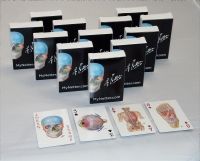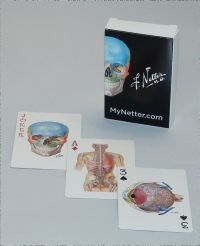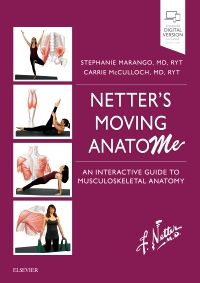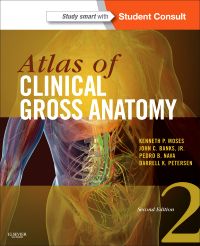Advances in Laminitis, Part I, An Issue of Veterinary Clinics: Equine Practice, 1st Edition
Author :
Christopher C. Pollitt
Articles include: The Anatomy and Physiology of the Lamellar; Dermal-Epidermal Interface; Carbohydrate Alimentary Overload Laminitis; Events in the Hindgut; Therapeutic Hypothermia (cryotherapy) to Prevent and Treat Acute Laminitis; Acute Laminits: S
...view more
Articles include: The Anatomy and Physiology of the Lamellar; Dermal-Epidermal Interface; Carbohydrate Alimentary Overload Laminitis; Events in the Hindgut; Therapeutic Hypothermia (cryotherapy) to Prevent and Treat Acute Laminitis; Acute Laminits: Supportive Medical Therapy; First Aid for the Foot: Therapeutic and Mechanical Support; Serial Venography after Carbohydrate-Induced Laminitis; Venography and Its Clinical Application in North America; Chronic Laminitis: Strategic Hoof Wall Resection; The Laminar Wedge of Chronic Laminitis; Lysis of the Distal Phalanx in Chronic Laminitis; Chronic Laminitis Foot Support: Clogs, Homecare for the Chronic Laminitis Case; The Pharmacological Basis for the Treatment of Developmental and Acute Laminitis; and Black Walnut Extract Laminitis: An Inflammatory Model.
Articles include: The Anatomy and Physiology of the Lamellar; Dermal-Epidermal Interface; Carbohydrate Alimentary Overload Laminitis; Events in the Hindgut; Therapeutic Hypothermia (cryotherapy) to Prevent and Treat Acute Laminitis; Acute Laminits: Supportive Medical Therapy; First Aid for the Foot: Therapeutic and Mechanical Support; Serial Venography after Carbohydrate-Induced Laminitis; Venography and Its Clinical Application in North America; Chronic Laminitis: Strategic Hoof Wall Resection; The Laminar Wedge of Chronic Laminitis; Lysis of the Distal Phalanx in Chronic Laminitis; Chronic Laminitis Foot Support: Clogs, Homecare for the Chronic Laminitis Case; The Pharmacological Basis for the Treatment of Developmental and Acute Laminitis; and Black Walnut Extract Laminitis: An Inflammatory Model.
Author Information
By Christopher C. Pollitt, BVSc, PhD, Reader in Equine Medicine, Department of Companion Animal Sciences, School of Veterinary Medicine
| ISBN Number | 9781437718829 |
|---|---|
| Main Author | By Christopher C. Pollitt, BVSc, PhD |
| Copyright Year | 2010 |
| Edition Number | 1 |
| Format | Book |
| Trim | 152w x 229h (6.00" x 9.00") |
| Imprint | Saunders |
| Page Count | 0 |
| Publication Date | 9 May 2010 |
| Stock Status | IN STOCK - This may take up to 5 business days to ship |
Write Your Own Review
Only registered users can write reviews. Please sign in or create an account
product
https://www.us.elsevierhealth.com/advances-in-laminitis-part-i-an-issue-of-veterinary-clinics-equine-practice-9781437718829.html
6267
Advances in Laminitis, Part I, An Issue of Veterinary Clinics: Equine Practice
https://www.us.elsevierhealth.com/media/catalog/product/9/7/9781437718829.jpg
98.99
98.99
USD
InStock
/Veterinary Medicine/Veterinary Medicine - Equine
/Clinics
/Clinics
40
4388725
5255041
1
3
11
4182692
5145120
Articles include: The Anatomy and Physiology of the Lamellar; Dermal-Epidermal Interface; Carbohydrate Alimentary Overload Laminitis; Events in the Hindgut; Therapeutic Hypothermia (cryotherapy) to Prevent and Treat Acute Laminitis; Acute Laminits: Supportive Medical Therapy; First Aid for the Foot: Therapeutic and Mechanical Support; Serial Venography after Carbohydrate-Induced Laminitis; Venography and Its Clinical Application in North America; Chronic Laminitis: Strategic Hoof Wall Resection; The Laminar Wedge of Chronic Laminitis; Lysis of the Distal Phalanx in Chronic Laminitis; Chronic Laminitis Foot Support: Clogs, Homecare for the Chronic Laminitis Case; The Pharmacological Basis for the Treatment of Developmental and Acute Laminitis; and Black Walnut Extract Laminitis: An Inflammatory Model. Articles include: The Anatomy and Physiology of the Lamellar; Dermal-Epidermal Interface; Carbohydrate Alimentary Overload Laminitis; Events in the Hindgut; Therapeutic Hypothermia (cryotherapy) to Prevent and Treat Acute Laminitis; Acute Laminits: Supportive Medical Therapy; First Aid for the Foot: Therapeutic and Mechanical Support; Serial Venography after Carbohydrate-Induced Laminitis; Venography and Its Clinical Application in North America; Chronic Laminitis: Strategic Hoof Wall Resection; The Laminar Wedge of Chronic Laminitis; Lysis of the Distal Phalanx in Chronic Laminitis; Chronic Laminitis Foot Support: Clogs, Homecare for the Chronic Laminitis Case; The Pharmacological Basis for the Treatment of Developmental and Acute Laminitis; and Black Walnut Extract Laminitis: An Inflammatory Model.
0
0
add-to-cart
9781437718829
2011 and earlier
Professional
By Christopher C. Pollitt, BVSc, PhD
2010
1
Book
152w x 229h (6.00" x 9.00")
Saunders
0
May 9, 2010
IN STOCK - This may take up to 5 business days to ship
By <STRONG>Christopher C. Pollitt</STRONG>, BVSc, PhD, Reader in Equine Medicine, Department of Companion Animal Sciences, School of Veterinary Medicine
Clinics
Clinics
The Clinics: Veterinary Medicine
No
No
No
No
Please Select
Please Select
Please Select
Related Products
-
 Book
Book
-
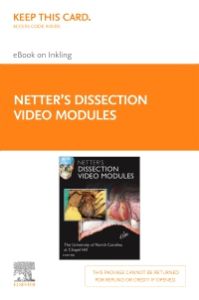 Online Resource
Netter's Dissection Video Modules (Retail Access Card)
Online Resource
Netter's Dissection Video Modules (Retail Access Card)University of North Carolina Chapel Hill and Frank H. Netter
Oct 2015
$180.99 -
 Book
Book
-
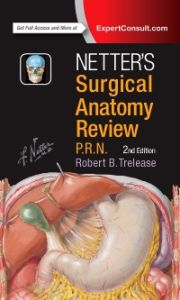 Book
Book
-
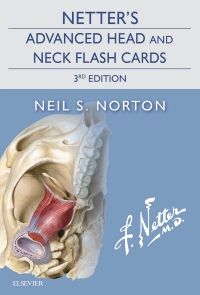 Flash Cards
Flash Cards
-
 Book
Book



